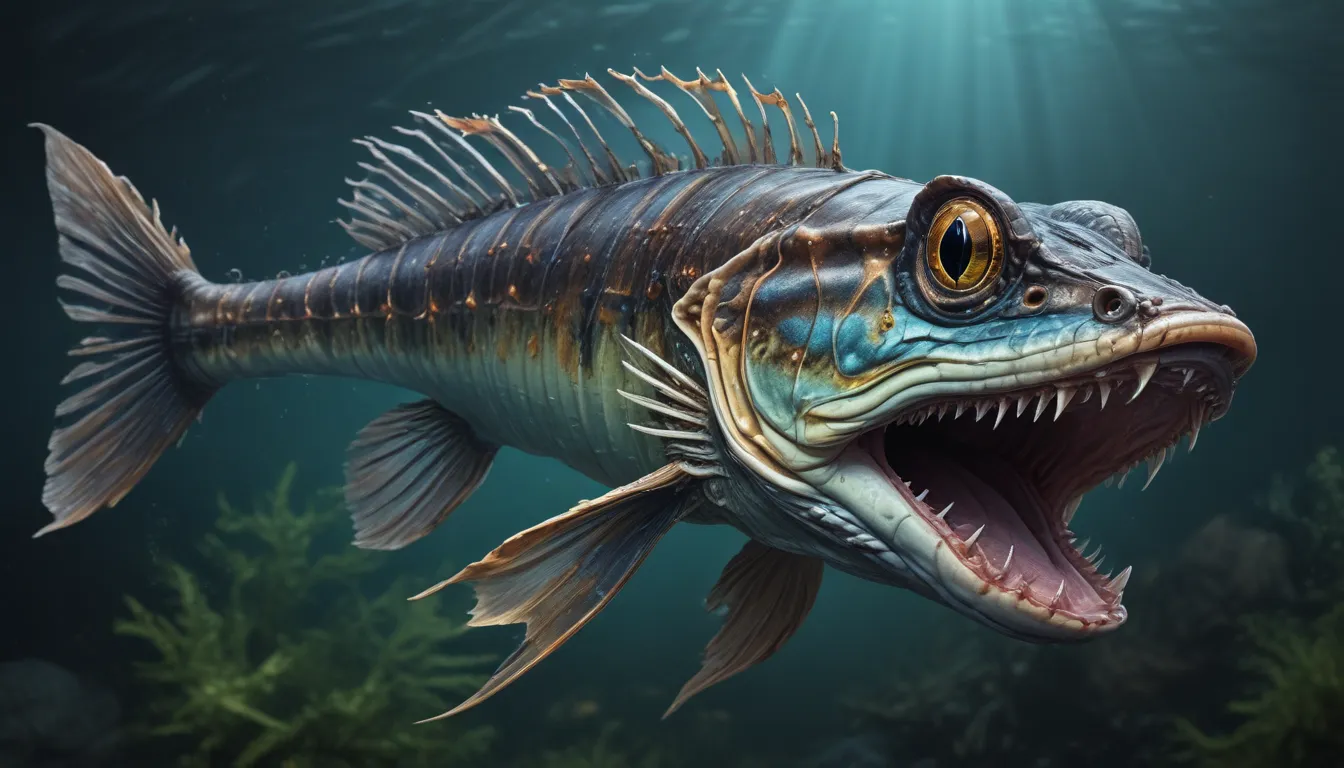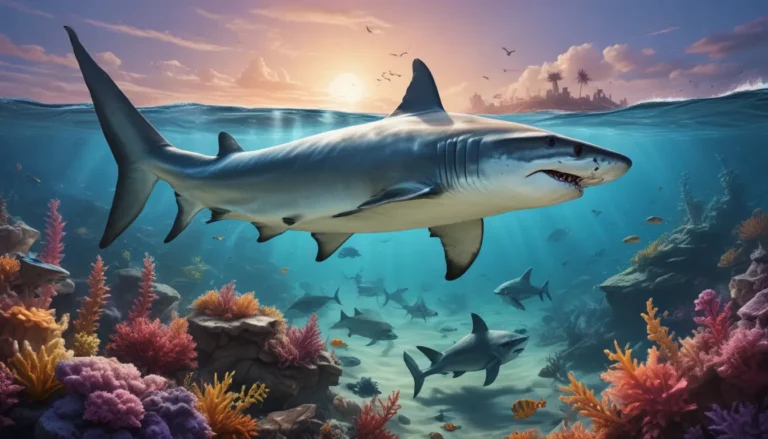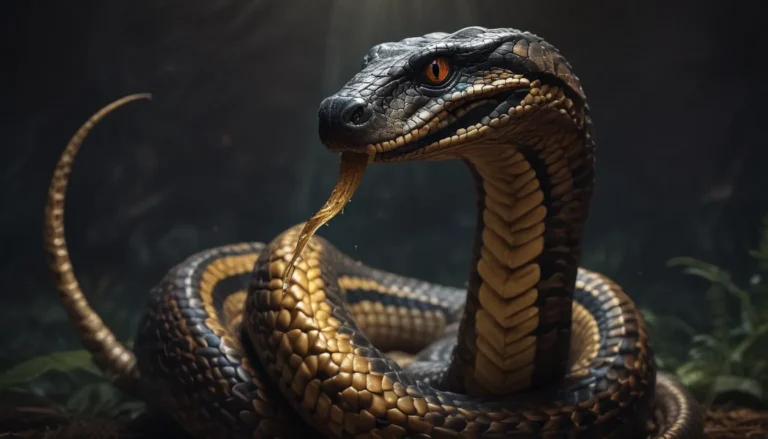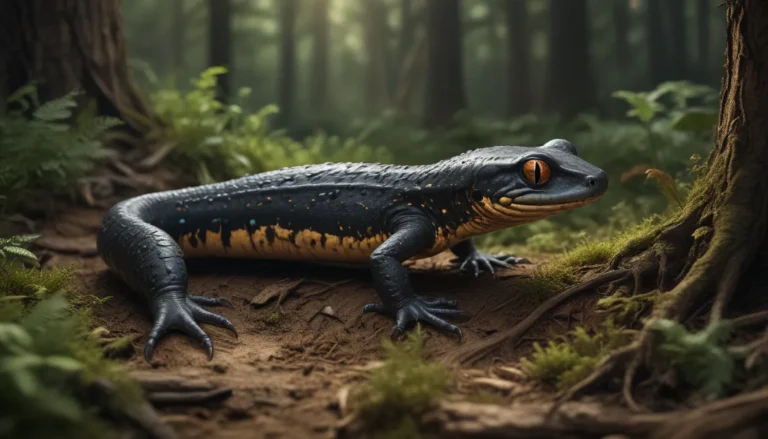The pictures we use in our articles might not show exactly what the words say. We choose these pictures to make you interested in reading more. The pictures work together with the words but don’t take their place. The words still tell you the important facts.
Venture into the deep, dark depths of the ocean and meet the enigmatic viperfish. With their eerie appearance and fearsome set of teeth, these unique creatures are bound to captivate your imagination. Join us as we unravel 12 fascinating facts about viperfish, shedding light on their natural habitat, physical characteristics, hunting techniques, and more. Whether you're a dedicated marine enthusiast or simply curious about the wonders of the animal kingdom, this dive into the world of viperfish promises to be an educational and awe-inspiring journey.
Unveiling the Secrets of Viperfish
Known for their striking appearance and formidable hunting skills, viperfish belong to the Stomiidae family, boasting large mouths and elongated bodies. Their name derives from their viper-like fangs, adding an element of intrigue to their already mysterious persona.
Key Takeaways:
- Viperfish are deep-sea predators with unique hunting strategies, large mouths, and hinged skulls.
- Their short lifespan and specialized habitat requirements make them unsuitable for aquariums.
- Despite their intimidating looks, viperfish are not a threat to humans and are found in all major oceans.
The Fearsome Appearance of Viperfish
Viperfish are easily recognizable by their long, needle-like teeth and dark coloration, blending seamlessly into the deep ocean environment they call home.
Masters of the Deep Sea
Inhabiting the mesopelagic zone at depths of up to 5,000 feet, viperfish are skilled predators, preying on smaller fish and crustaceans with swift precision.
Unique Hunting Strategies
Equipped with bioluminescent photophores that emit light, viperfish use this natural illumination to attract unsuspecting prey before striking with their sharp teeth.
An Elongated Dorsal Fin
Sporting an anglerfish-like dorsal fin that extends the length of their bodies and features a bioluminescent lure, viperfish employ this adaptation to lure prey closer for capture.
Adaptations for Feeding
With expandable stomachs and hinged skulls, viperfish can consume prey larger than themselves, showcasing their ability to thrive in the food-scarce deep sea environment.
Masterful Camouflage
Capable of changing their body coloration to blend in with their surroundings, viperfish employ this skill to remain undetected by both prey and potential predators.
Challenging Captivity
Due to their highly specialized habitat requirements and predatory nature, viperfish are not suitable for captivity in aquariums, necessitating the study of their behavior in their natural environment.
Short-lived Wonders
Viperfish lead relatively short lives, with fast-paced life cycles likely a result of the harsh conditions they endure in the deep sea.
Global Explorers
Found in oceans worldwide, including the Atlantic, Pacific, and Indian, viperfish are widely distributed, predominantly inhabiting the dark, deep waters of our planet.
Harmless Enigmas
Despite their fearsome appearance, viperfish pose no threat to humans, residing in the depths of the ocean far from areas frequented by swimmers and divers.
A Population in Mystery
The deep-sea dwelling of viperfish poses challenges in assessing their population status, necessitating further research to conserve and understand these captivating creatures.
Delving Deeper
The world of viperfish offers a glimpse into the wonders of evolution and adaptation. From their sharp fangs to their bioluminescent allure, these creatures thrive in the extreme conditions of the deep ocean, a true marvel of nature's resilience.
FAQs
-
How deep can viperfish go?
Viperfish are known to inhabit depths ranging from 250 to 5,000 feet below the ocean's surface. -
What do viperfish eat?
These carnivorous predators primarily feed on smaller fish and crustaceans found in the deep-sea environment. -
Are viperfish dangerous to humans?
Viperfish pose no direct threat to humans due to their deep-sea habitat, but their sharp teeth and predatory nature make them potential dangers to other marine creatures. -
How do viperfish catch their prey?
With long, hinged jaws filled with sharp teeth and a bioluminescent lure, viperfish attract and capture their prey with lightning speed. -
Can viperfish survive in captivity?
The specific environmental conditions required by viperfish, such as high pressure and low temperatures, make it extremely challenging to keep them alive in captivity. -
What is the lifespan of a viperfish?
Estimated at around 15 to 20 years, the lifespan of a viperfish can vary based on factors like food availability and predation. -
Are there different species of viperfish?
Yes, several species of viperfish exist, each with unique characteristics and adaptations.
Conclusion: Exploring the Depths
As we unravel the mysteries of the viperfish, we uncover a world of fascination and marvel at these captivating creatures of the deep sea. Their adaptations and behaviors shed light on the incredible diversity of life on Earth and highlight the resilience and complexity of nature's creations.
Dive deeper into the ocean's hidden wonders and expand your knowledge of marine life by exploring the incredible world of viperfish and other mesmerizing creatures that call the deep sea home. Embrace the mysteries of the deep and witness the magic of evolution and adaptation in the captivating realm of the viperfish.






